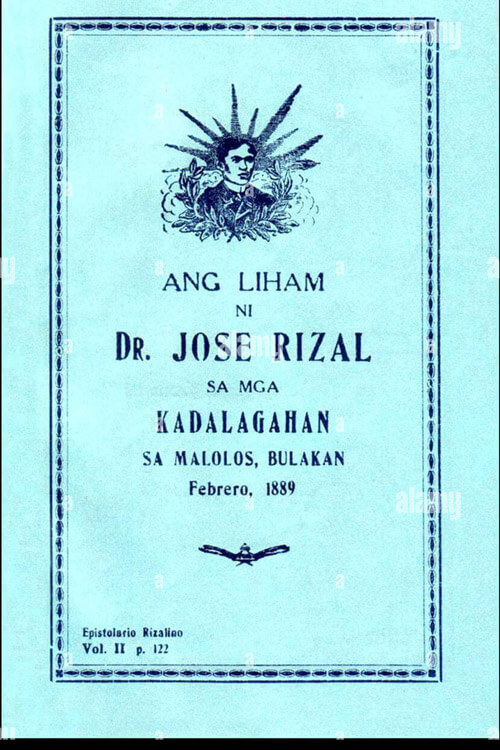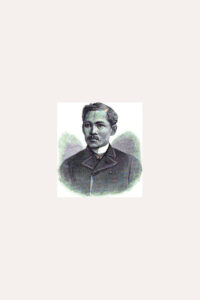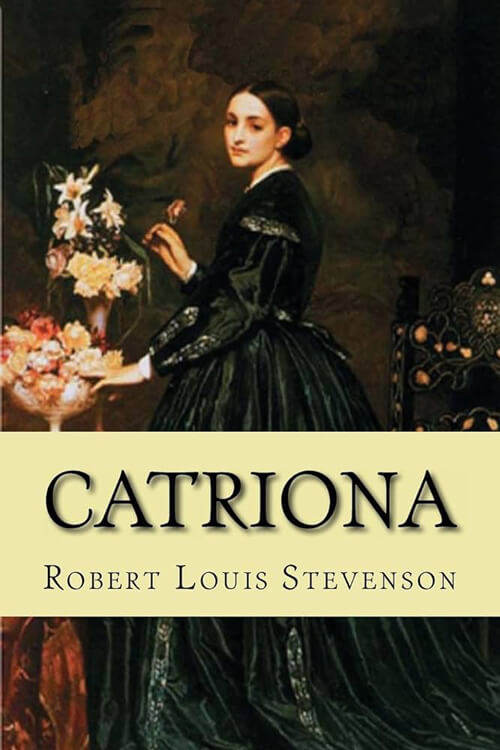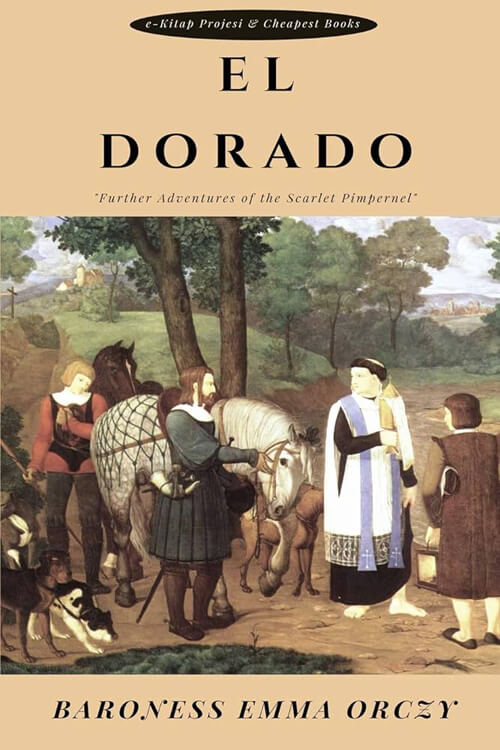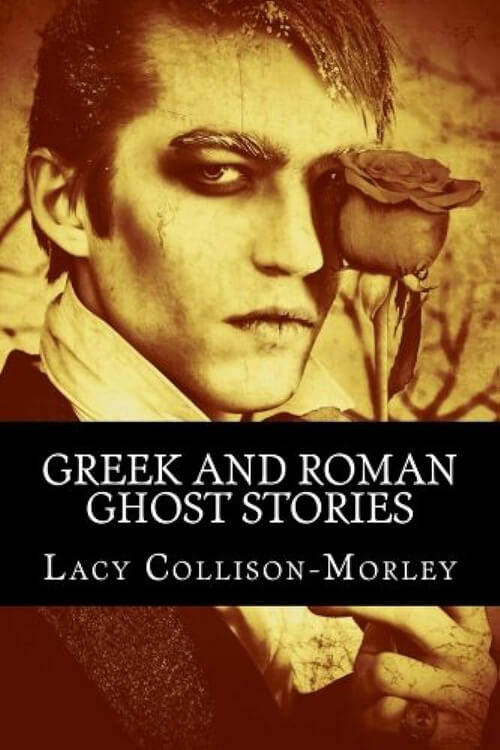
Ang Liham ni Dr. Jose Rizal sa mga Kadalagahan sa Malolos, Bulakan
Mga kababayang dalaga ng Malolos (English: To my countrymen, the young women of Malolos), also known by its alternative English title To the young women of Malolos, is a letter written by Filipino author and political reformer José Rizal on February 22, 1889. It is written in Tagalog and addresses a group of women from Malolos, Bulacan, who successfully lobbied the Spanish colonial government to allow them to open a school so that they could study the Spanish language. With the arrival of Spanish conquistadors, the social construction of women in the Philippines was soon influenced by historical Spanish Catholic gender norms. American historian Edward Gaylord Bourne wrote in his 1902 introduction to The Philippine Islands, 1493–1898, that the imposition of Christianity “elevated the status of women” in the country.
In contrast, modern historians highlight the relegation of women to domesticity and her diminished political and religious influence as babaylans, who were replaced by the Spanish friars. Charles R. Boxer surveyed literature and correspondence from the colonial era and referred to them as generally misogynistic, further describing the state imposed on women as “the cult of Mary and the practice of misogyny.” Feminist studies describe the Filipino woman of the Spanish colonial era as “her father’s meek daughter, her husband’s faithful subject, and the church’s obedient servant and chaste virgin who yielded only to her husband.” During the Spanish colonial period, formal education was primarily conducted by the religious orders in the country, led by the Spanish friars. Under the royal decrees issued by the Spanish Crown, guidelines for education included provisions for Spanish-language instruction to the native Filipinos. However, in practice, most instruction was conducted in the native dialects. The German travel writer Fedor Jagor, writing in 1875, found the education in the seminaries lacking, noting that “despite the long possessions of the islands by the Spaniards, their language has scarcely acquired any footing there.” The Spanish author José Montero y Vidal observed that “public instruction is sufficiently far advanced” but added that “almost all the boys and girls who attend the schools read Spanish without understanding it, and write our language by drawing the letters materially.” Vicente Barrantes, the secretary to Governor-General Emilio Terrero, admitted that “before 1865, primary instruction, properly so-called, was a vain shadow in the archipelago.”
Read or download Book
Dr. Jose Riza
José Rizal was born on June 19, 1861, in Calamba, Laguna province, to Francisco Rizal Mercado y Alejandro and Teodora Alonso Realonda y Quintos.
Biography
He had nine sisters and one brother. His parents were leaseholders of a hacienda and an accompanying rice farm held by the Dominicans. Both families adopted the additional surnames of Rizal and Realonda in 1849 after Governor General Narciso Clavería y Zaldúa decreed the adoption of Spanish surnames among the Filipinos for census purposes (though they already had Spanish names). Like many families in the Philippines, the Rizals were of mestizo origin. José’s patrilineal lineage could be traced to Fujian in China through his father’s ancestor Lam-co, a Hokkien Chinese merchant who immigrated to the Philippines in the late 17th century. Lam-co travelled to Manila from Xiamen, China, possibly to avoid the famine or plague in his home district and, more probably, to escape the Manchu invasion during the transition from Ming to Qing. He decided to stay in the islands as a farmer. In 1697, to escape the bitter anti-Chinese prejudice that existed in the Philippines, he converted to Catholicism, changed his name to Domingo Mercado, and married the daughter of Chinese friend Augustin Chin-co. On his mother’s side, Rizal’s ancestry included Chinese and Tagalog. His mother’s lineage can be traced to the affluent Florentina family of Chinese mestizo families originating in Baliuag, Bulacan.
He also had Spanish ancestry. Regina Ochoa, his mother’s grandmother, Teodora, had mixed Spanish, Chinese, and Tagalog blood. His maternal grandfather was a half-Spanish engineer named Lorenzo Alberto Alonzo. From an early age, José showed a precocious intellect. He learned the alphabet from his mother at three and could read and write at age 5. Upon enrolling at the Ateneo Municipal de Manila, he dropped the last three names that made up his full name on the advice of his brother, Paciano, and the Mercado family, thus rendering his name as “José Protasio Rizal”. Of this, he later wrote: “My family never paid much attention [to our second surname Rizal], but now I had to use it, thus giving me the appearance of an illegitimate child!” This was to enable him to travel freely and disassociate him from his brother, who had gained notoriety with earlier links to Filipino priests Mariano Gomez, Jose Burgos, and Jacinto Zamora (popularly known as Gomburza), who had been accused and executed for treason. José, as “Rizal”, soon distinguished himself in poetry writing contests, impressing his professors with his facility with Castilian and other foreign languages, and later, in writing essays critical of the Spanish historical accounts of the pre-colonial Philippine societies. By 1891, the year he finished his second novel, El filibusterismo, his second surname had become so well known that, as he writes to another friend, “All my family now carry the name Rizal instead of Mercado because the name Rizal means persecution! Good! I too want to join them and be worthy of this family name…”

